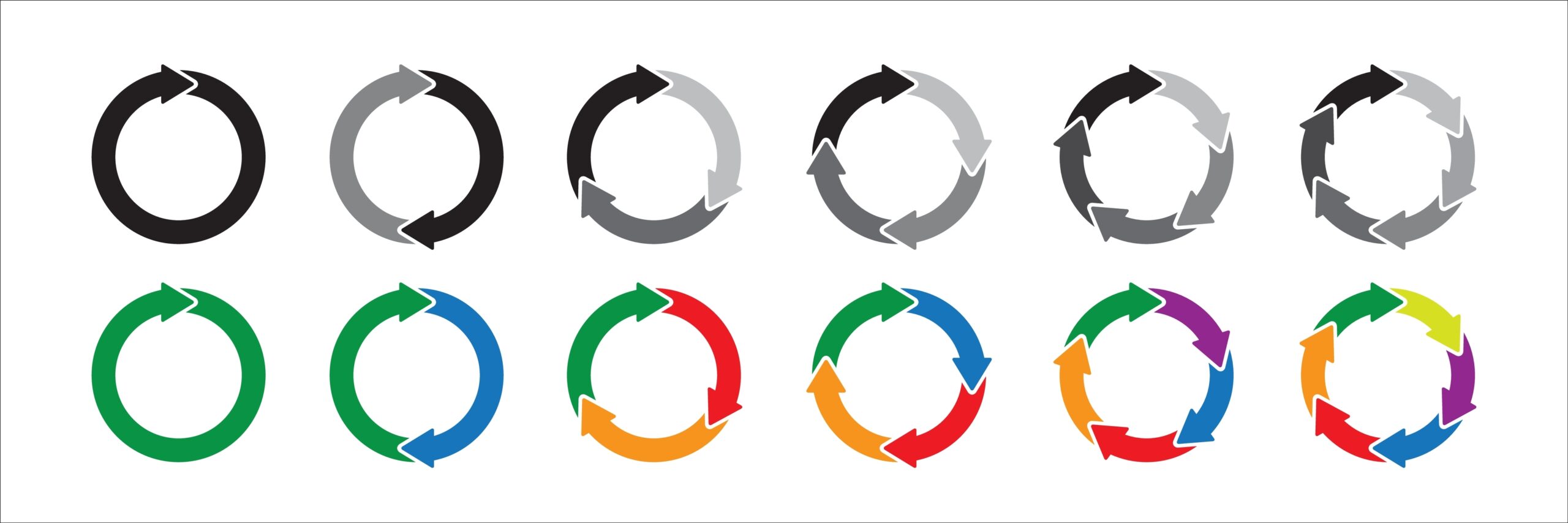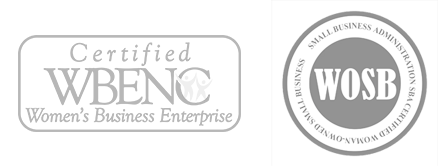IT’S TRUE THAT “nothing happens until someone sells something,” as aptly said by IBM’s founder Thomas Watson. However, if you talk to business owners about identifying a predictable, repeatable sales process that ensures their teams consistently meet sales targets, they look at you like you’re talking about the Holy Grail — enticing, but always elusive. What exactly is a repeatable sales process? It’s a formula for how you sell, starting from the very first conversation and continuing until the deal is closed, including all the steps along the way. For example, you would need to know the answers to questions like these: What are your most predictable and effective forms of lead generation — advertising, networking, cold calling or referrals? Do you use the same qualification process each time? Which questions work best in that very first conversation with a prospect? Do you go through the same buying process with each new prospect? How do you follow up after those first conversations in a way that creates results, and do you have a proven template for those messages?
To create a repeatable sales process, start by taking an educated guess at the most effective formula, documenting it fully. Create a flowchart of each step in the process, with variations for inbound and outbound leads, since they often look quite different. Next, create scripts, templates and tools to automate the process for your team so everyone can easily replicate it and measure the accuracy of your predictions. After all, you can’t measure what works — apples to apples, across your team — without any consistency. Try it for at least 30 days, as outlined, and document your conversion rate. Next, tear your blueprint apart, one tiny piece at a time, to improve your conversion rate. You might, for example, take something as small as the follow-up email sent after a first prospect meeting. Work to enhance it, adding value for your prospect, with an eye on increasing receptivity in your next meeting. Only work to revamp a single step at a time, and then test the refined sales process for roughly 30 days with the change in place. By isolating a single change at a time, you will be able to accurately measure the impact of that change on your overall sales process. If you identify a significant bottleneck in your process — like only 20 percent of prospects you deliver a proposal to agree to buy, for example — use your resources to improve that part of the process. Consider offering an incentive to the member of your team who fixes the problem. With a repeatable sales process in hand, you can easily create a scalable sales model for your growing business.







